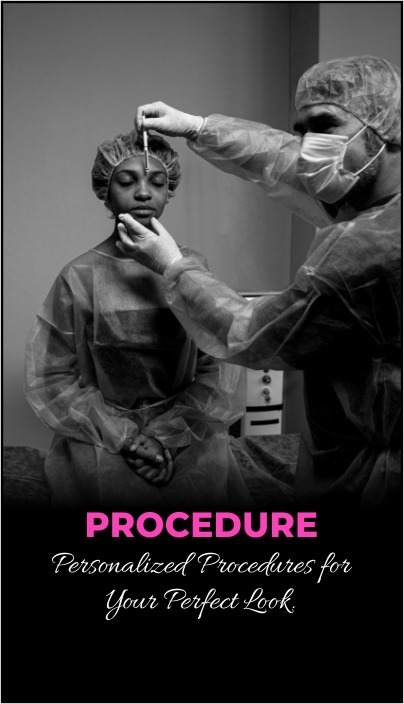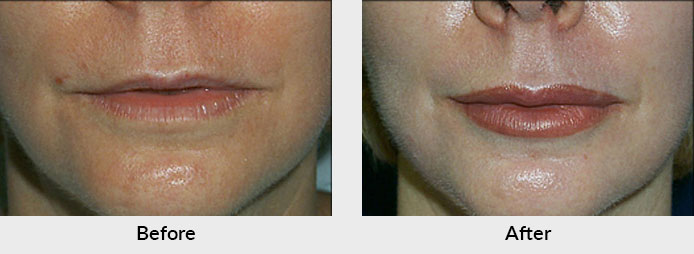

Lip augmentation adds volume to thinning lips, creating a more youthful appearance. There are several types of lip augmentation, including lip fillers, implants, fat transfers, and lip lifts. Recovery time, results, and possible risks vary with each procedure.
Lip augmentation is an in-office cosmetic procedure that creates fuller, more youthful-looking lips. There are different types of lip augmentation to fit your needs and goals. Some procedures are nonsurgical, using fillers to plump up the lips temporarily. Others involve small incisions in your lips or face for longer-lasting results.

Healthcare providers mainly use lip fillers that contain hyaluronic acid, a natural substance found in your body. Common hyaluronic acid fillers include Restylane® and Juvéderm®. Some fillers also contain lidocaine, which numbs your skin to prevent pain or discomfort from the procedure.
The best lip augmentation procedure is different for every person. The right procedure for you depends on your goals and lip shape and size. For example, lip implants or a lip lift may be ideal if you prefer permanent results. However, implants may not be appropriate for razor-thin or asymmetrical lips.
In most cases, you’re a candidate for lip augmentation if you:
Your healthcare provider will give you specific instructions on how best to prepare. A few weeks before the procedure, you’ll need to stop smoking and taking blood-thinning medication, which can worsen bruising. Avoid pain relievers like aspirin and herbal supplements like multivitamins and fish oil.
Your plastic surgeon will likely use local anesthesia to numb the area so that you don’t feel any pain. You’ll be awake for the procedure. If you’re having multiple cosmetic surgeries, you may receive general anesthesia and be asleep the entire time.
Here’s what to expect according to the type of lip augmentation procedure you have:
You’ll receive instructions to help your lips heal and optimize results:
Possible risks and complications include:
Lip augmentation gives your lips a fuller, younger look. Some procedures are reversible, such as removing implants or dissolving fillers with hyaluronidase if you’re unhappy with the outcome.
Recovery time depends on the procedure type. Lip fillers have little to no recovery time, while surgical augmentation may take several days to weeks for swelling and bruising to subside.
Call your provider if you experience:
Lip augmentation uses various nonsurgical and surgical techniques. For a fuller look, fillers with hyaluronic acid or your own fat may be injected into your lips. Your plastic surgeon will help you decide which lip augmentation procedure is best suited for your lips and goals.
